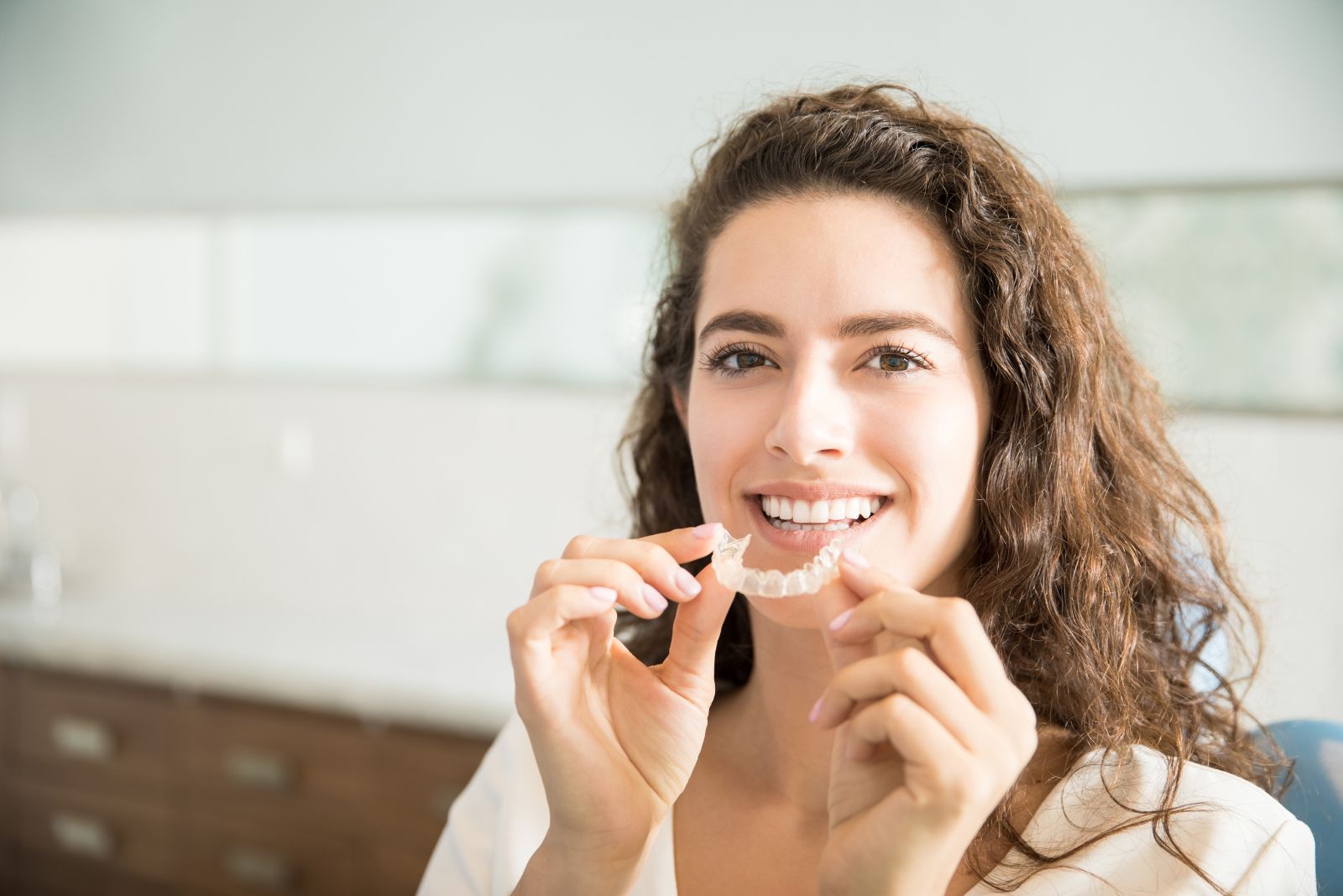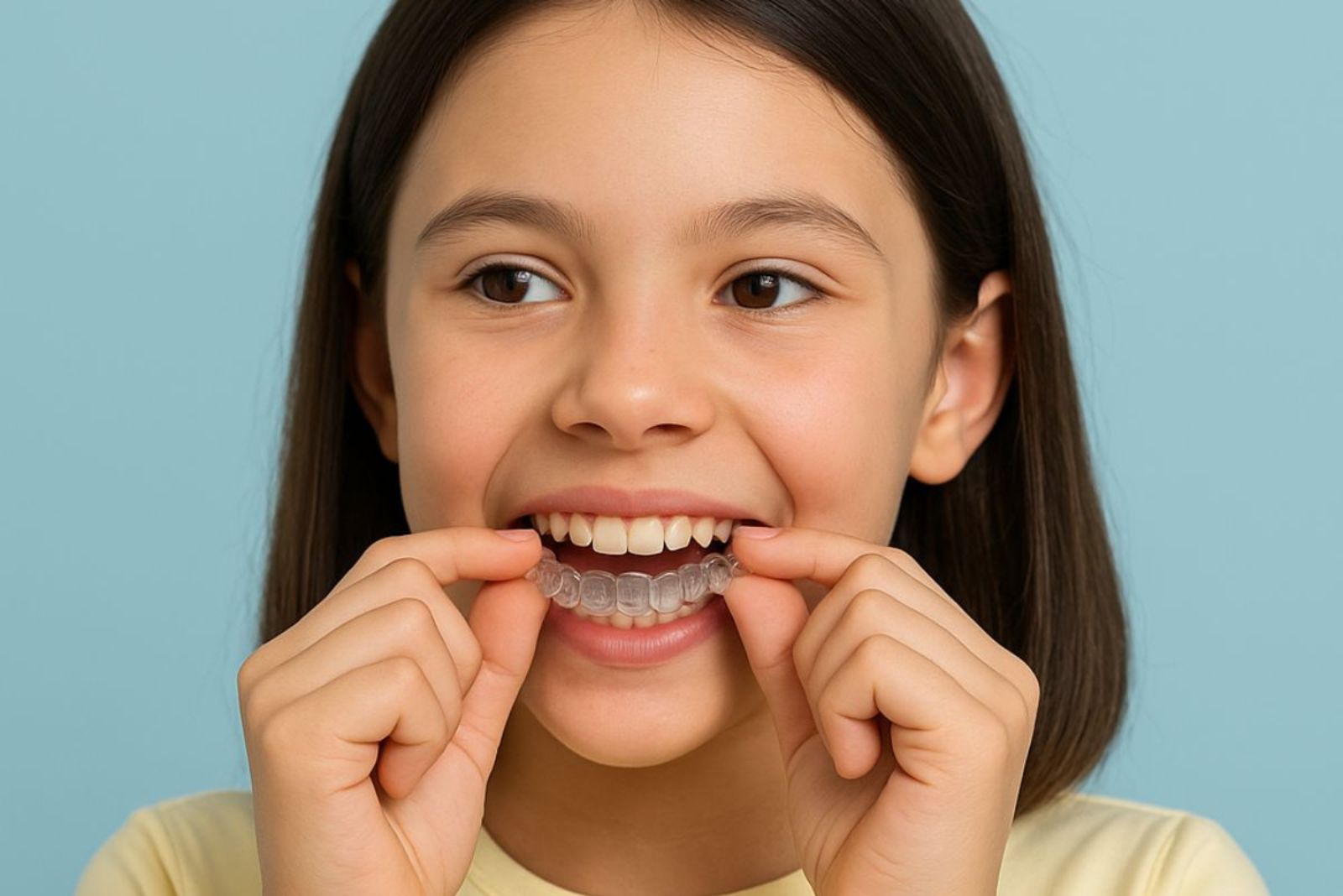When parents hear that their child might need a dental crown, the first thought is often confusion. After all, baby teeth are temporary, so why place a crown on a tooth that will eventually fall out? The answer is simple.
Baby teeth have important jobs. They guide adult teeth into position, support speech, and allow children to chew properly. A crown keeps the tooth strong until the natural time for it to fall out.
A common question from families is how long these crowns actually last. This article explains the lifespan of dental crowns on baby teeth, the factors that influence durability, and what parents can do to protect their child’s smile.
Why Do Children Need Dental Crowns?
Crowns for children are not a cosmetic choice. They are a solution for teeth that cannot be restored with a filling alone. Common reasons a dentist might recommend a crown include:
Extensive Tooth Decay
If a cavity becomes large and weakens most of the tooth, a filling is unlikely to hold up. A crown covers the tooth entirely and prevents further damage.
Cracks or Fractures
Falls, sports injuries, or accidents can chip or break a tooth. A crown helps restore shape and function while protecting what remains of the natural tooth.
Developmental Conditions
Some children are born with enamel that is softer or thinner than normal. These teeth are more likely to wear down or break. A crown provides the strength they need to function.
Baby teeth may be temporary, but they usually stay in the mouth for many years. For example, molars erupt around age two and are not replaced until ages ten to twelve.
This means protecting them with crowns can make a big difference.
Types of Crowns for Baby Teeth
Parents often want to know what types of crowns are available for children. There are two main options, and each has its benefits.
Stainless Steel Crowns
Stainless steel crowns have been used for decades because they are strong and reliable. They are often placed on molars where strength is more important than appearance. These crowns can last until the tooth falls out naturally, making them a very dependable choice.
Tooth Coloured Crowns
Tooth coloured crowns are made from materials that resemble natural teeth. Parents often prefer them for front teeth where appearance matters most. They blend well with the smile, although they may not be quite as strong as stainless steel crowns under heavy chewing forces.
Both options protect the tooth. The choice depends on location in the mouth, chewing needs, and parent preferences.
How Long Do Dental Crowns Last on Baby Teeth?
Crowns for baby teeth are designed to last until the tooth naturally falls out. For some children this may be only a year or two, while for others it could be six to eight years. Stainless steel crowns can often last four to eight years.
Tooth coloured crowns may last slightly less depending on diet and habits.
The important point is that they provide lasting protection during the time the tooth is needed. If placed properly and cared for, crowns rarely need to be replaced before the baby tooth falls out.
Parents considering treatment options can also discuss orthodontics in Methuen with their child’s dentist to ensure the best long term care for developing smiles.
Factors That Affect Crown Durability
Several factors influence how long a crown will last on a baby tooth.
Oral Hygiene
Brushing twice daily with fluoride toothpaste and flossing around the crowned tooth keeps it healthy. Decay around the edges of the crown is the most common reason for failure.
Diet Choices
Frequent sugary snacks and drinks encourage decay under and around crowns. Crunchy fruits, vegetables, and dairy foods are better for both teeth and crowns.
Habits
Children who grind their teeth at night or chew on hard objects may wear down crowns faster. Dentists sometimes recommend night guards if grinding is a serious issue.
Age and Tooth Timing
Crowns on teeth that will soon fall out do not need to last long. However, if a dental crown in Methuen is placed on a molar that will stay in place for many years, its durability becomes more important.
Crowns Versus Fillings on Baby Teeth
Parents may wonder why a filling cannot do the job. Fillings are effective for small cavities. They are less effective when the decay is widespread. Fillings only cover part of the tooth, which means other weak areas can still break.
Crowns cover the entire tooth. This makes them much more reliable when the structure has been weakened. In most cases, a crown is the recommended choice for young children who still have many years before their permanent teeth erupt.
Signs That a Crown May Need Replacement

Although crowns are dependable, there are situations when they may need attention. Parents should watch for:
- A crown becoming loose or falling off
- Pain or sensitivity when chewing
- Visible cracks or chips
- Swelling in the gum around the crown
If any of these appear, the dentist should be contacted promptly. In many cases, the crown can be repaired or replaced quickly.
How Parents Can Help Crowns Last Longer
Parents play a key role in the success of crowns on baby teeth. Helpful strategies include:
- Supervising brushing to make sure the crown area is cleaned thoroughly
- Teaching children to floss gently between teeth
- Offering water and healthy snacks rather than sticky or sugary foods
- Keeping up with regular dental checkups so the dentist can monitor the crown
Simple routines like these prevent problems and help crowns last until the natural time of tooth loss.
Orthodontic and Growth Considerations
Crowns on baby teeth do not interfere with growth. In fact, they support natural alignment by maintaining space for adult teeth. If a tooth is lost too early, the surrounding teeth can shift, leading to crowding. A crown prevents that premature loss.
In some cases, children may also need orthodontic treatment. Families exploring orthodontics in Methuen can be reassured that crowns and braces often work hand in hand.
Dentists and orthodontists collaborate to maintain both the health and alignment of developing teeth.
Role of the Dentist in Maintaining Baby Crowns
Dentists are essential in keeping crowns healthy and strong. During routine visits, they check the fit and make sure the gums and surrounding teeth remain in good condition.
They can also spot signs of wear or decay on a dental crown before problems become painful.
Families receive guidance and care that helps children keep their crowns and natural teeth in the best shape possible.
This support gives parents confidence that their child’s smile will stay healthy.
Community and Local Care
Access to quality dental care makes a difference. In Methuen, families can rely on dental practices that provide both restorative treatments like crowns and preventive services.
Clinics that also offer orthodontics give parents peace of mind that every stage of their child’s dental development is being monitored.
This community approach means children receive treatment for immediate concerns while also being guided toward long term oral health.
Conclusion
Dental crowns on baby teeth are a smart way to protect young smiles. They are designed to last until the tooth naturally falls out, whether that’s a year or several years away.
Stainless steel crowns are very strong, while tooth coloured crowns provide a more natural look. The lifespan of a crown depends on hygiene, diet, and habits.
With regular dental visits, most crowns stay in place until the child is ready for adult teeth.
At Happy Hoppers Pediatric Dentistry and Braces, families receive expert guidance to help crowns last and keep baby teeth healthy.
Baby teeth are important for chewing, speaking, and holding space for permanent teeth. Protecting them with crowns supports comfort, function, and long term alignment.
Sources:
- https://www.aapd.org/globalassets/media/policy-center/treatingtoothdecay.pdf
- https://www.mountsinai.org/health-library/surgery/dental-crowns
- https://perfectsmilesdental.org/blog/dental-crowns-cost-types-benefits/
- https://www.oatext.com/crowns-in-pediatric-dentistry%E2%80%93a-review-on-the-failures.php








